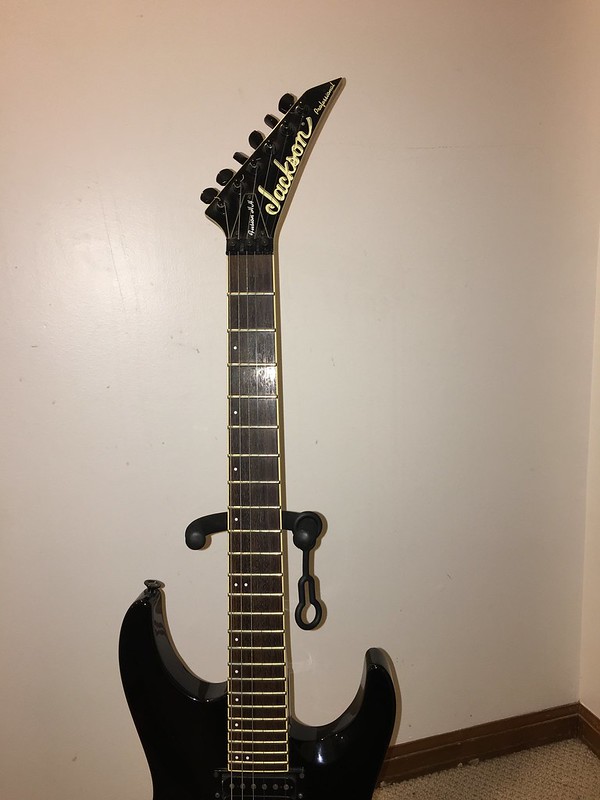
Usually, the Jackson models don’t sound quite as aggressive, although there are some exceptions where the guitar has a pretty dark sound and use active pickups. Jackson often use passive Seymour Duncan and DiMarzio pickups on their mid-high end models. Even on models with passive pickups, they are still very high output. However, I’ve noticed that ESP use active (usually EMG or Fishman Fluence) pickups on a lot of models, this helps to give the guitar a very heavy, punchy tone which is perfect for modern metal as they provide a high output and tonnes of power and sustain.

Of course, this is a generalisation, and you need to look at specific models to really identify which sounds best to you, because the materials, constructions and pickups all vary depending on the specific guitar. This makes Jackson guitars very suitable for classic rock and lead playing due to their articulate tone, whilst ESP guitars sound better for modern metal due to their heavier and more aggressive tone. Jackson guitars tend to have more high-end frequencies (treble) compared to ESP guitars which usually have more low-end (bass). They all come in a range of colours.Īlthough it is difficult to compare the overall tone of the brands without going specific into every different model available, I have definitely noticed some trends. Here are a few images to show the different models, all the images link to a specific model on Amazon.

Other models include: Dominion, MF-1, San Dimas, Shadowcaster and Star. Rhoads: aggressive V-shape, usually offset.Dinky: the most popular model with a double cutaway design.Jackson also have several main guitar shapes:


Jackson break most of their range up 5 different “series” which all have different shapes available, but are targeted at a specific price bracket. Before we jump into more specific comparisons, I wanted to identify the main shapes and models in each brand’s range so you can see the kinds of guitars they both specialise in.


 0 kommentar(er)
0 kommentar(er)
